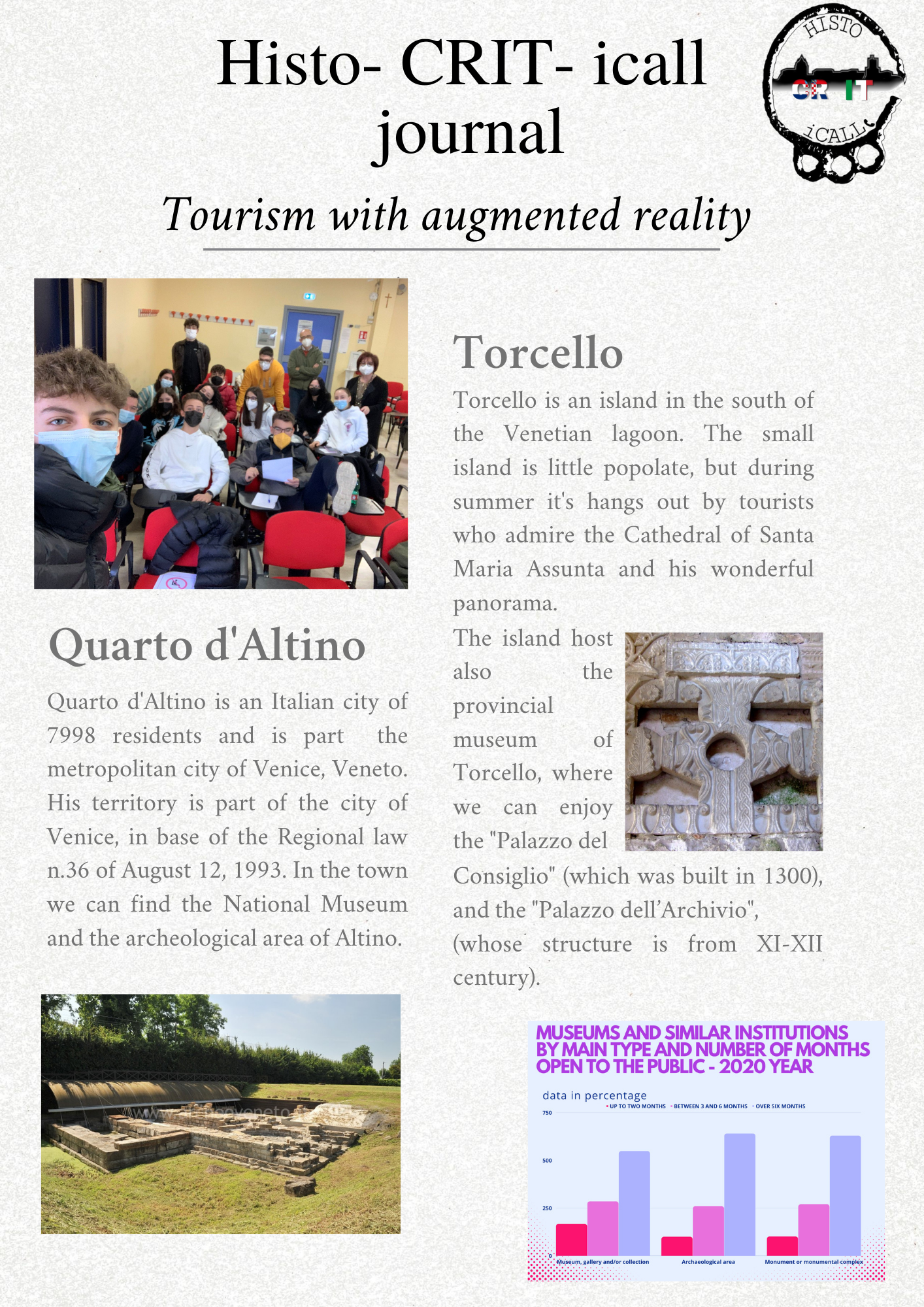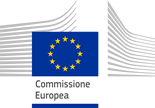
Participation in cultural activities has a significant impact on the quality of people’s lives. It also contributes to the wellness of people.
Aside from the most well-known archeological sites, numerous sites of great interest go unnoticed, even to the local population. A common factor of this oversight is the lack of adequate facilities and employees.
That is why, as has been evident over the years, it is imperative that our country intervene on several fronts. The first is government intervention regarding the safeguarding of cultural assets. Second, preservation and enhancement of such archeological gems require direct intervention. This includes refurbishment, upkeep and the introduction of augmented reality. Indirect actions are also integral to this process. Promotional activities through the use of social media and digital tools can increase awareness and interactivity.
The aforementioned ideas allow for greater enjoyment of these hidden cultural sites.
They also allow for increased access by foreign tourists and the local population alike. These sites can become communal places for all age groups.
In this situation, the funds provided by Europe to finance specific programs play a fundamental role. In this context, the project called “Historic” (Interreg Italy-Croatia - Priority theme 3) fits perfectly. The project aims to provide answers to these problems by working on four pilot sites (2 Venetian and 2 Croatian). First, the software enhances the archeological structures through augmented reality. This allows social media to improve the knowledge of the tourists and local population. Moreover, the project tries to create a touristic route which connects the pilot sites. After the pandemic, the structures examined have suffered the reduction of the touristic flow.
Now we’re trying to frame the situation in Italy and in the Veneto region with the help of data.
Our country owns the most extensive cultural heritage globally with more of 3400 museums,
2100 archeological parks and 54 Unesco’s sites. Italy is ranked fifth in the World Tour Organization’s ranking. This is an impressive ranking considering that 65 million tourists visit this country every year.
Museums are considered part of the archeological parks and areas.
The ISTAT data highlights that the Italian museum offer is distributed in the national territory: 37,8% of museums are located in the biggest cities, while 26,4% of them are located in cities near the capitals. Most of the structures are located in the northern regions (46.2%) , 28.9%in central regions and 24.9 in southern regions.
From Mibact datas instead, it is possible to frame the flows of Italy cultural locations visitors. Between 1998 and 2020 the numbers are increasing, spaced out with little slowing down during the pandemic year. An example of this phenomenon can be Quarto d’Altino. It houses an archeological area of certain interest and it is one of the 7926 Italian cities with a touristic vocation. Recently ISTAT made a classification of tourism density among all cities, and the institution put Quarto d’Altino between the 240 Municipality having maritime, cultural, historical, artistic and panoramic vocation, characterized with a high touristic demand and supply. Quarto d’Altino together with the Torcello (VE) Museum and its archeological area, with the ones of Morter Kornati and Medulin (Croatian cities) are involved in the project named Historic.
What happened the year before the pandemic?
If in 2020 there was a collapse in admissions due to the mandatory closure of the structures, according to the museum report of ISTAT relative to 2020, however, there were many museums (54,8%) archeological areas (64%) and the monuments complexes (62,9%) that remained open for at least 6 months.
Italy is globally considered the cradle of priceless cultural value. The priceless aspects of our country could also be turned into great economic value with adequate institutional intervention. If we can harness this potential, it could generate prosperity for the territories.
The pandemic put the infrastructure of Italy's cultural heritage in a critical financial situation., (that lost 76% of their tourists). In-person visits dropped by 180 million euros in the span of one year, from 240 million euros in 2019 to 60 million euros in 2020.
The pandemic has inspired creativity, thanks to the resilience of the workers which kept the structures and site (35,8%) open, guaranteeing services and activities online, establishing and increasing their online presence on social media.
The questions we are asking are different. Has the end of the pandemic and the recovery of the “new normal” changed the mode of funcion of cultural heritage? Will the cultural places be integrated in cultural and social projects to promote an identity? Will the workers be able to create a network and generate cultural paths that can be visited all year long?
The “Historic” project will provide answers with its experimentation.














